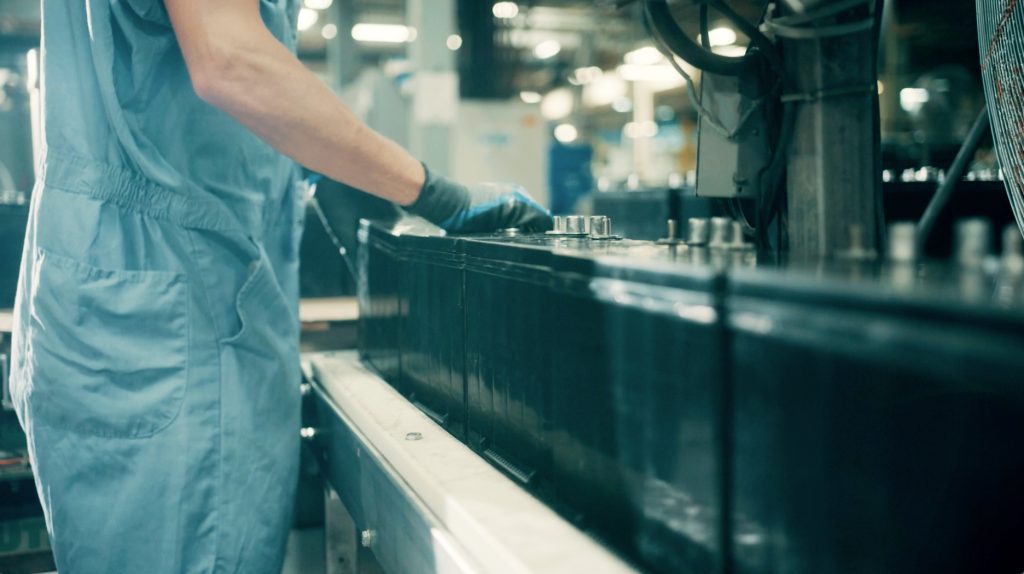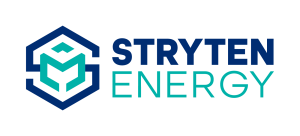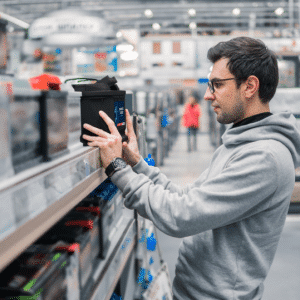
What are the latest supply chain trends? Energy storage manufacturers are building domestic supply chains and experimenting with new materials to bring about the future of clean energy.
Nearly 200 countries gathered at the U.N. Climate Summit and signed, for the first time, a pact specifically urging the world to move away from fossil fuel production and focus more on clean energy sources. But is the energy sector ready to meet the increasing demand?
Energy storage manufacturers are utilizing existing supply chains and experimenting with new materials to help bring about the future of clean energy future. Here are three supply chain trends driving their efforts this year:
1. Strengthening – and expanding – domestic battery recycling efforts
The domestic lead recycling supply chain is already a success. The recycling rate of lead batteries in the U.S. is nearly 100% of lead batteries. A new lead battery produced in the U.S. typically contains more than 80% recycled raw materials. Domestic lead deposits are available to easily source the small percentage of new materials needed for battery manufacturing.
Still, we can further strengthen our lead battery recycling supply chains. Some lead batteries are still sent outside of North America for processing and remanufacturing. Exporting batteries for recycling, then importing finished batteries from foreign manufacturers creates unnecessary costs.
There are also concerns about how the materials are handled once they leave our shores. U.S. battery manufacturers and recyclers follow some of the most comprehensive worker safety and environmental controls in the world. These standards protect people in the plants, as well as the local community and the environment.
Domestic battery manufacturers and recyclers ensure essential batteries are readily available to keep supply chains running and people on the move. These vital industries contribute nearly $33 billion to the U.S. economy, support more than 120,000 American jobs and strengthen domestic energy security and resilience. In 2024, policymakers should work to ensure that the lead battery industry remains competitive with foreign suppliers.
Economically recycling and extracting critical minerals for many battery chemistries continues to be a challenge. With the majority of lithium batteries produced abroad, the U.S. is vulnerable to supply chain disruptions for this technology.
2024 will be the year for lithium recyclers to build and scale domestic facilities and prove their capabilities. As electric vehicle lithium batteries begin to reach end of life, these recycling facilities will need to be open. Lithium recyclers will be responsible for ensuring the U.S. has enough capacity to handle the wave domestically.
2. Pushing toward a flow battery supply chain
Vanadium redox flow batteries (VRFB) hold significant promise for a clean energy-driven future. They offer a near-infinite lifecycle with proper maintenance. The VRFB electrolyte can last 20 years or more decades before it begins to lose storage capacity. Because the electrolyte can also be recycled, VRFB is a sustainable solution for long-duration energy storage needs.
With expertise in producing large amounts of electrolyte, the domestic lead battery supply chain can serve as a model for scaling up vanadium electrolyte production and how to make vanadium a sustainable material in battery manufacturing. Manufacturers can lay the groundwork in 2024 to enable a robust VRFB supply chain.
VRFB manufacturers are making progress on two critical fronts – sourcing the raw material, as well as the electrolyte. Countries of concern have been a major source of vanadium in the past. However, there are efforts underway to increase output from mines in South America and Australia to meet the growing demand for vanadium. As the market for VRFB grows, these friendly sources can scale up in parallel.
2024 will likely see groundbreakings for electrolyte manufacturing facilities centrally located in the U.S. Localizing production where VRFB manufacturing is concentrated will help reduce the costs involved in shipping. Additionally, 2024 will see efforts to establish production of storage system components, such as microchips and power electronics, and battery assembly plants in North America.
3. Collaboration to advance clean energy transition
Clean energy initiatives saw a groundswell of support in prior years. Legislation such as the Chips and Science Act, the Inflation Reduction Act and the Infrastructure Investment and Jobs Act made it financially attractive to build clean energy capture technology, as well as standalone energy storage systems. In 2024, battery manufacturers will need to build on that momentum by engaging with the Department of Energy to take advantage of incentives for projects that support the development of domestic energy supply chain and manufacturing industries.
At an operational level, 2024 will also be a year of collaboration between manufacturers and suppliers. The pandemic taught us the importance of preparing for roadblocks. Companies have learned there is a meaningful competitive advantage in partnering with domestic suppliers. Shorter supply chains mean shorter lead times before products hit the shelves.
More transparent partnerships can help customers ensure they have the supply they need to successfully run their operations. Organizations can prepare for supply chain disruptions and more effectively meet each other’s needs by sharing data early.
A year of refining, and building
These supply chain trends are critical for the future of clean energy. As well, the year ahead offers clear tasks for the three key battery chemistries. For lead, manufacturers must improve upon an already robust supply chain by keeping more recyclable batteries at home. For lithium, domestic recyclers need to prove their operations are viable. And for vanadium, manufacturers must move from successful testing to building the foundation of a sustainable supply chain.
The success of America’s clean energy future hinges on continued collaboration and open lines of communication between energy storage manufacturers, our suppliers and policymakers. We’ve laid the groundwork for the clean energy transition over the last decade. 2024 will see the energy storage industry leading the charge toward the development of more sustainable, environmentally friendly and resilient energy technology.
Jeremy Furr, Senior Vice President, Strategic Sourcing, Stryten Energy







